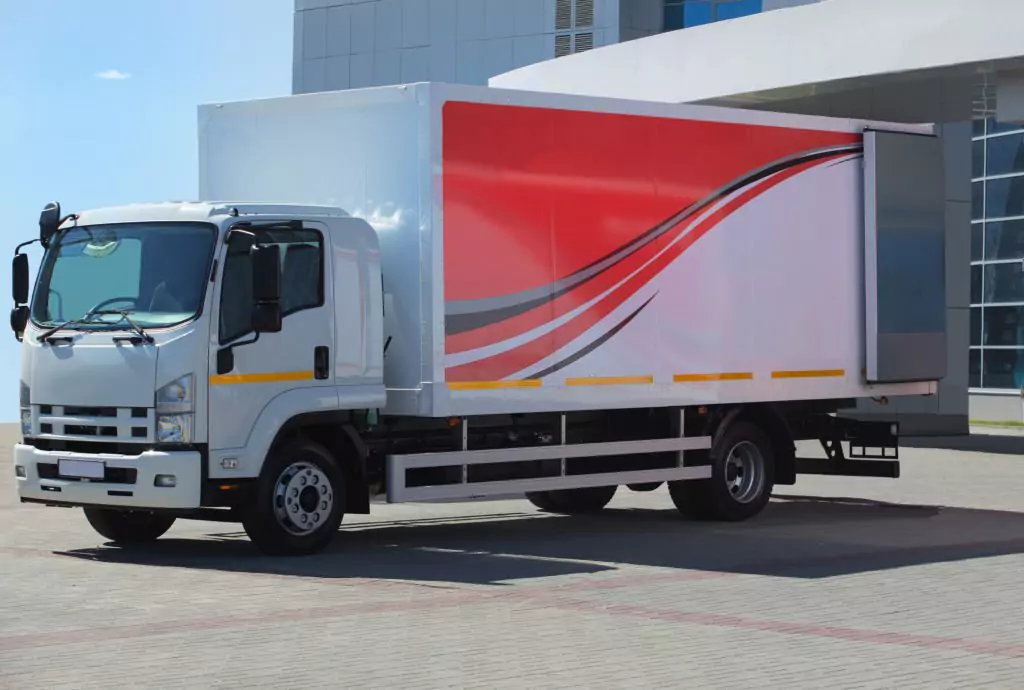Introduction
The non-CDL box truck business is a lucrative industry that involves the transportation of goods using box trucks that do not require a commercial driver’s license. Starting a non-CDL box truck business can be a profitable venture, but it requires careful planning and preparation. Before starting this business, it is essential to have a checklist to ensure that all necessary steps are taken to ensure success.

Understanding the Non-CDL Box Truck Business
The non-CDL box truck business involves the transportation of goods using box trucks that do not require a commercial driver’s license. This business is ideal for individuals who want to start a small transportation business without the need for a CDL. The services offered by this business include local and regional transportation of goods, delivery services, and moving services.
The target market for this business includes small businesses, individuals, and organizations that require transportation services. The non-CDL box truck business is an excellent option for businesses that need to transport goods but do not have the resources to purchase and maintain their own fleet of trucks.
Researching Your Market and Competition
Before starting a non-CDL box truck business, it is essential to research the market and competition. This involves identifying potential customers, analyzing competitors, and determining pricing strategies. Identifying potential customers involves researching the local market to determine the demand for transportation services.
Analyzing competitors involves researching other transportation companies in the area to determine their strengths and weaknesses. This information can be used to develop a competitive advantage and pricing strategy. Determining pricing strategies involves researching the market to determine the average rates for transportation services and setting competitive prices.
Creating a Business Plan and Budget
Creating a business plan and budget is essential for starting a non-CDL box truck business. A business plan outlines the goals, strategies, and financial projections for the business. The key components of a business plan include an executive summary, company description, market analysis, marketing and sales strategies, and financial projections.
Creating a budget involves estimating the costs associated with starting and operating the business. This includes the cost of purchasing a box truck, insurance, licensing and permits, marketing and advertising, and employee salaries.
Registering Your Business and Obtaining Licenses
Registering your business and obtaining necessary licenses and permits is essential for starting a non-CDL box truck business. This involves registering the business with the state and obtaining any necessary licenses and permits. Compliance with regulations is also essential to avoid legal issues.
Finding and Purchasing the Right Box Truck
Finding and purchasing the right box truck is essential for starting a non-CDL box truck business. Factors to consider when choosing a box truck include the size, condition, and mileage of the truck. Purchasing options include buying a new or used truck or leasing a truck. Maintenance and repair considerations include the cost of repairs and the availability of parts.
Securing Insurance and Liability Coverage
Securing insurance and liability coverage is essential for protecting the business and its assets. Types of insurance needed include liability insurance, commercial auto insurance, and workers’ compensation insurance. Liability coverage requirements vary by state, and it is essential to research the requirements in your area.
Hiring and Training Drivers and Staff
Hiring and training drivers and staff is essential for starting a non-CDL box truck business. The hiring process involves advertising job openings, conducting interviews, and performing background checks. Training requirements include driver training, safety training, and customer service training. Employee retention strategies include offering competitive salaries and benefits and providing opportunities for career advancement.
Developing a Marketing and Advertising Strategy
Developing a marketing and advertising strategy is essential for promoting the business and attracting customers. The importance of marketing and advertising cannot be overstated, as it is the primary way to reach potential customers. Identifying the target audience involves researching the local market to determine the demographics of potential customers. Choosing the right marketing channels involves selecting the most effective ways to reach the target audience, such as social media, print advertising, or direct mail.
Establishing Relationships with Clients and Suppliers
Establishing relationships with clients and suppliers is essential for building a successful non-CDL box truck business. Building relationships with clients involves providing excellent customer service and delivering goods on time. Finding reliable suppliers involves researching suppliers in the area and negotiating contracts to ensure the best prices and terms.
Maintaining Your Box Truck and Business Operations
Maintaining your box truck and business operations is essential for ensuring the success of your non-CDL box truck business. Regular maintenance and repairs are necessary to keep the truck in good condition and avoid breakdowns. Managing finances and bookkeeping involves keeping accurate records of income and expenses and monitoring cash flow. Continuously improving operations involves identifying areas for improvement and implementing changes to increase efficiency and profitability.
Conclusion
Starting a non-CDL box truck business can be a profitable venture, but it requires careful planning and preparation. The checklist for starting a non-CDL box truck business includes understanding the industry, researching the market and competition, creating a business plan and budget, registering your business and obtaining licenses, finding and purchasing the right box truck, securing insurance and liability coverage, hiring and training drivers and staff, developing a marketing and advertising strategy, establishing relationships with clients and suppliers, and maintaining your box truck and business operations. By taking these necessary steps, you can start a successful non-CDL box truck business and achieve your entrepreneurial goals.